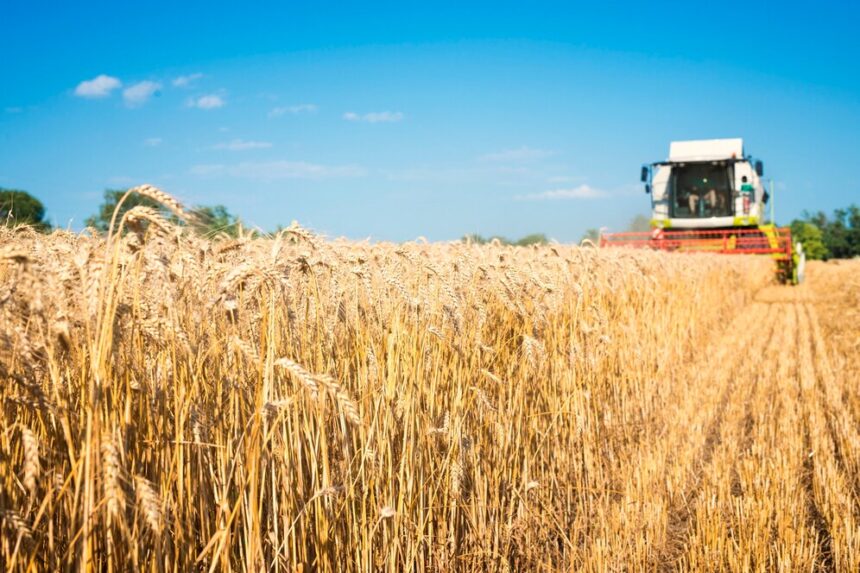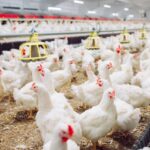Wheat is one of South Africa’s most important cereal crops, providing a staple food source and opportunities for farmers across the country. For beginners looking to enter the wheat farming sector, understanding the crop’s basic requirements and adopting good agricultural practices is essential. Whether you’re farming in the Western Cape’s winter rainfall areas or the summer rainfall regions of the Free State and Northern Cape, this beginner-friendly guide will help you start your wheat farming journey successfully.
The first step in wheat farming is selecting the right variety for your region. South Africa has two main wheat types: winter wheat, typically grown in the Western Cape, and spring wheat, commonly cultivated in the Free State and other summer rainfall areas. Consult local agricultural extension services to identify varieties best suited to your area’s climate and soil. Popular varieties include SST 806, SST 387, and PAN 3471, known for their high yield potential and disease resistance.
Soil preparation plays a crucial role in achieving good wheat yields. Wheat thrives in well-drained, fertile soils with a neutral pH of around 6.0 to 7.0. Before planting, conduct a soil test to assess nutrient levels and make necessary adjustments with lime or fertilizers. Prepare the land by ploughing or ripping to a depth of about 20 to 25 cm, followed by harrowing to create a fine seedbed. Good soil preparation helps ensure even germination and strong root development.
Timing your planting correctly is vital for optimal growth. In winter rainfall areas, wheat is usually planted from late April to June, while in summer rainfall areas, planting occurs between May and July. Use certified seed to ensure quality and disease-free plants. Plant seeds at a depth of 3 to 5 cm with a row spacing of 15 to 25 cm, depending on the variety and planting equipment used. Aim for a seeding rate of around 90 to 120 kg per hectare, adjusted according to soil fertility and local recommendations.
Proper fertilization is key to supporting healthy wheat growth. Based on your soil test results, apply a balanced fertilizer that provides nitrogen, phosphorus, and potassium. Nitrogen is especially important for achieving good yields and grain quality but should be applied in split doses to avoid excessive vegetative growth. Apply the first dose at planting and the second at tillering. Micronutrients such as zinc and manganese may also be required, particularly in sandy or nutrient-poor soils.
Irrigation and water management are important considerations, especially in dryland farming areas. Wheat requires adequate moisture, particularly during the germination, tillering, and grain-filling stages. If rainfall is insufficient, supplementary irrigation may be needed. However, avoid overwatering, as this can lead to waterlogging and disease problems. Monitor soil moisture regularly and adjust irrigation schedules accordingly.
Effective pest and disease management is essential for protecting your wheat crop. Common pests include aphids, armyworms, and bollworms, while key diseases include rusts (stem, leaf, and stripe rust), powdery mildew, and fusarium head blight. Regularly scout your fields and implement integrated pest management practices, combining cultural, biological, and chemical control methods as needed. Using resistant varieties and practicing crop rotation can help reduce disease pressure.
Harvesting your wheat crop at the right time ensures good grain quality. Wheat is typically ready to harvest when the grains are hard and the moisture content drops to around 12 to 14%. Delayed harvesting can lead to grain loss due to shattering or adverse weather. Use a combine harvester to efficiently harvest and thresh the crop. After harvesting, store the grain in a clean, dry, and well-ventilated facility to maintain quality and prevent post-harvest losses.
Starting a wheat farming venture in South Africa offers promising opportunities for both small-scale and commercial farmers. By selecting the right variety, preparing the soil properly, planting at the optimal time, managing nutrients and water effectively, and protecting your crop from pests and diseases, you can set yourself up for a successful wheat harvest. With careful planning, ongoing learning, and a commitment to best practices, wheat farming can become a rewarding and sustainable part of your agricultural enterprise.
Join 'Farmers Mag' WhatsApp Channel
Get the latest Farming news and tips delivered straight to your WhatsApp
CLICK HERE TO JOIN






